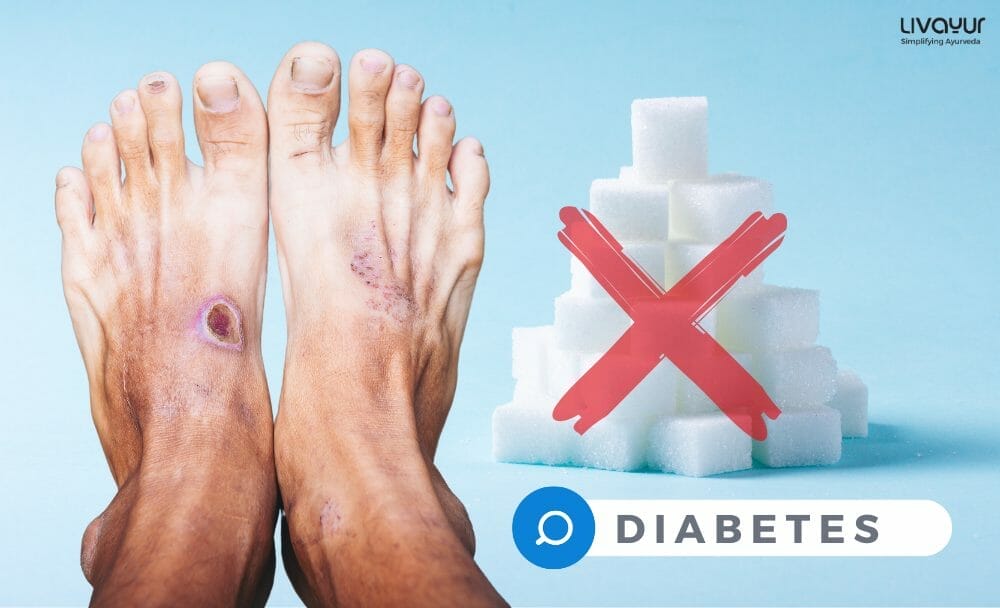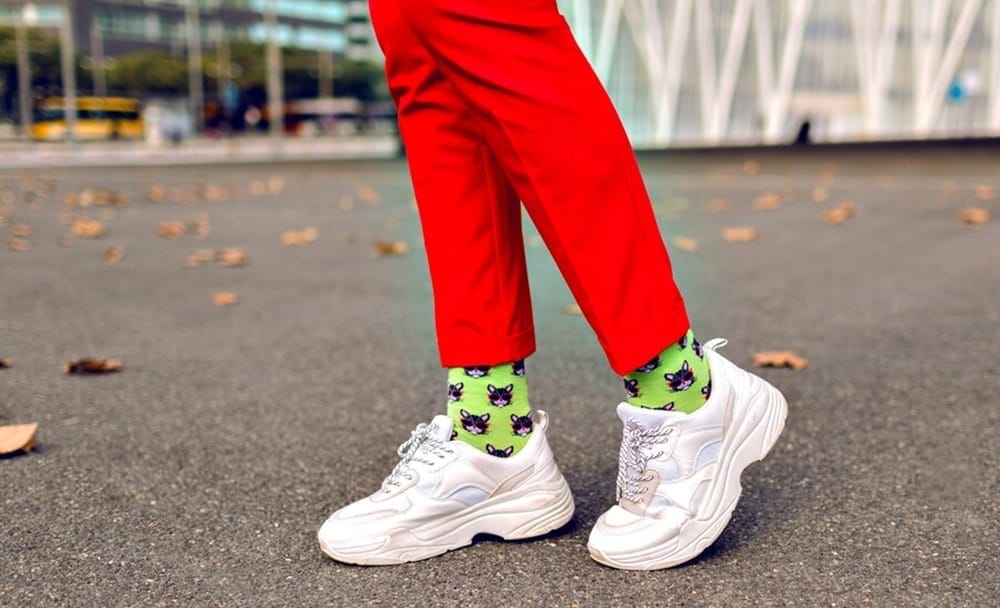If you have diabetes, you know that it leads to many health complications. One of the most common complications experienced by diabetes patients is foot ulcers. Why? Let’s find out.
Why Are Diabetics More Likely To Get Foot Ulcers?
Most diabetes patients suffer from a complication called diabetic neuropathy, a condition in which your nerves get damaged. Due to this complication, diabetics are less likely to notice scrapes and cuts on their feet. Even the smallest blisters, therefore, can turn into an open sore and form ulcers.
In addition, diabetes also slows wound healing, meaning that once ulcers appear, they can remain for weeks or months. This is extremely dangerous as an infection of the ulcer can even reach the bone of the foot and can even lead to amputations.
While this may sound bleak and terrifying, the good news is that you can easily prevent diabetic foot ulcers with blood sugar management and proper foot care. Keep reading to find out the best tips to do so.
Tips To Prevent Diabetic Foot Ulcers
Do Not Walk Barefoot
If you walk barefoot, there are greater chances for your foot getting injured by things lying in your path, such as pebbles, stones, sharp objects etc.
If you are a diabetic, you may never know that you have a bruise or a cut (unless of course, you check your feet).
So, always wear a good pair of shoes and socks to protect your feet from any kind of external injuries.
Keep Your Feet Neat
Allot a specific time for cleaning your foot daily. Wash your feet with warm water and mild soap. Make sure you check the temperature of the water before you start cleaning.
Do not soak your legs for too long as it can cause dryness an make your foot skin susceptible to injury. After cleaning thoroughly, pat your feet dry.
Apply lotion to your feet to keep them well moisturised. But avoid putting too much lotion in between your toes. Excess moisture in these areas can increase the risk of skin infection and breakdown.
Have A Regular Foot Check Routine
You must inspect your foot multiple times a day. Check for cuts, blisters and sores, corns, calluses, swellings and even changes in skin colour.
Use a hand mirror to check the bottom of your foot. If you find it difficult to bend down for foot inspection, ask help from somebody.
Do not forget to look in the areas between the toes as these areas are more prone to infection.
Take Good Care Of Your Toenails
Nails should always be trim and should not have any sharp edges. The nails should be cut and filed with a good quality nail trimmer and filer.
Do not ever use knives or razors to cut your nails as there is a serious risk of injury. Do not cut the cuticles (the dead skin present at the base of the fingernail or toenail).
Wear Well-fitting Shoes And Socks
Shoes and socks prevent foot trauma and also protect the foot from extreme temperatures.
When you buy your shoe, make sure that it fits well, neither too tight, nor too loose.
Always check the shoes before wearing them, check if there are any holes or sharp edges.
Use a good fitting, light coloured socks, so that even if you have any oozing of pus or blood, it would be clearly visible.
Avoid Smoking
Smoking also affects circulation. It would further complicate the effects of diabetes.
So, if you are a diabetic, you should learn strategies to quit smoking.
Keep Your Foot Moving
Moving your ankle and toes frequently ensures that your foot circulation is maintained.
Ankle toe movements are perhaps the easiest exercise that can be done anywhere, anytime.
Avoid Cross-legged Sitting For A Long Time
Sitting cross-legged decreases the blood flow to your foot. So, do not sit cross-legged for a long time.
Recognize The Signs
All diabetics must know the signs of diabetic foot and signs that indicate injury to the skin and soft tissue of the foot.
Consult your doctor if you notice these changes- skin discolouration and swelling, wounds and sores that have not healed over a long time, foul smell coming from a blister, pain and tingling in feet, no sweating in the feet- all these may indicate that you have a diabetic foot.
While the foot care tips that are listed here will help to lower the risk of diabetic foot ulcers, there’s still more that you can do. Adopting comprehensive diabetes self-care practices to manage blood sugar levels is fundamental, as this is the single most effective way of reducing the risk of all diabetes complications. To keep your diabetes under control, make it a point to adopt a healthy diet and lifestyle habits that will keep blood sugar levels in check.


















